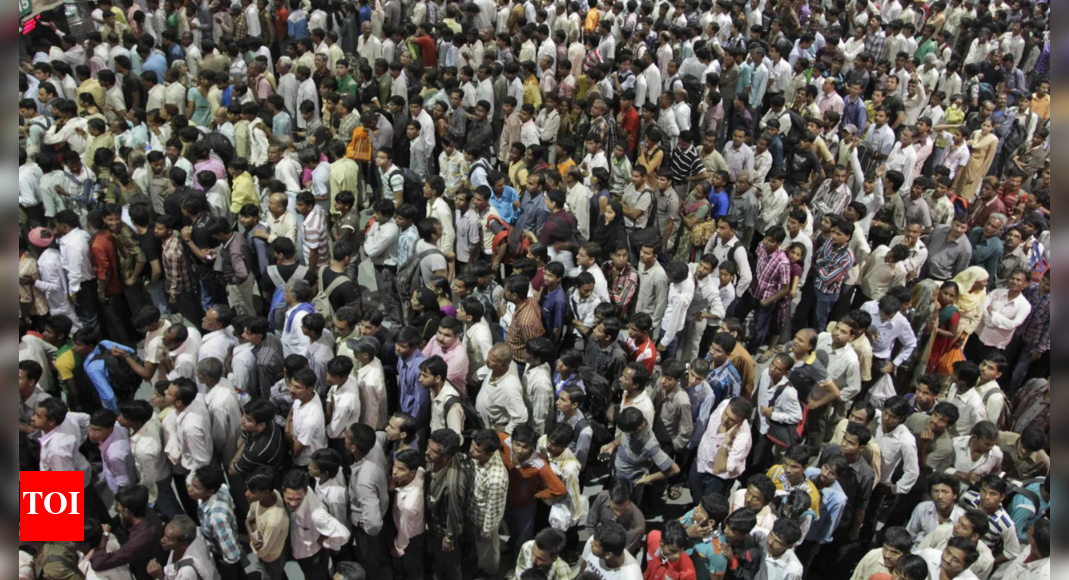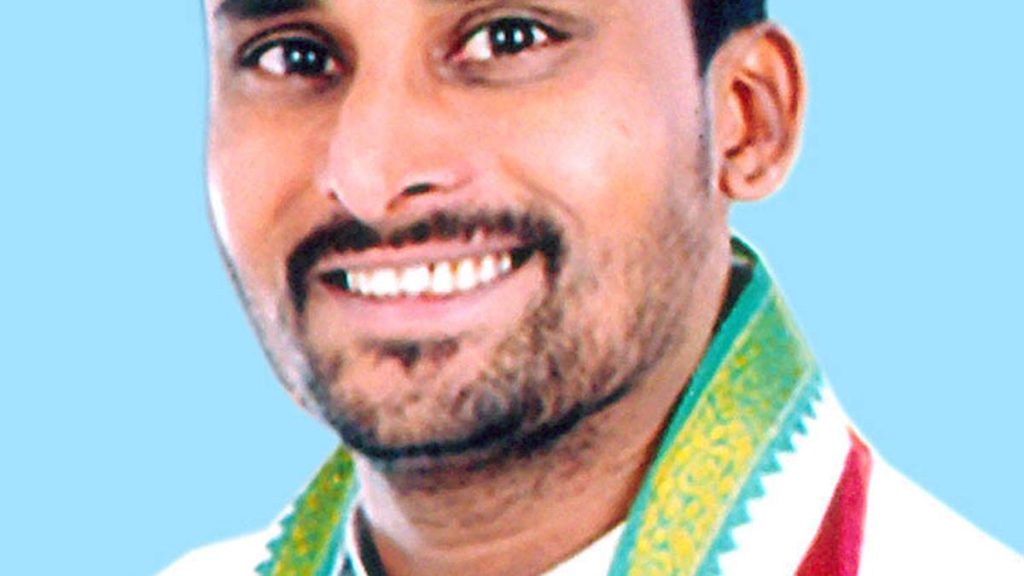Now Reading: Educated Middle-Class in Delhi, Kerala, Tamil Nadu Delays Parenthood
-
01
Educated Middle-Class in Delhi, Kerala, Tamil Nadu Delays Parenthood
Educated Middle-Class in Delhi, Kerala, Tamil Nadu Delays Parenthood

Rapid Summary
- Population Estimation: India’s population for 2025 is projected at 1.46 billion, according to the UNFPA’s 2025 State of World Population Report.
- Growth Trend: India’s population is expected to peak at around 1.7 billion in about four decades before beginning to decrease.
- Declining Fertility Rate: The total fertility rate (TFR) has declined to 1.9, below the replacement level of 2.1 births per woman.
- Regional Disparities: States such as Bihar,Jharkhand,and Uttar Pradesh maintain high fertility rates due to limited reproductive healthcare and cultural barriers.
- Low Fertility States: Delhi, Kerala, and Tamil Nadu have sustained below-replacement fertility rates due to economic pressures and changing lifestyle priorities among educated middle-class individuals.
- Reproductive Challenges: Many Indians face unintended pregnancies or unfulfilled desires regarding family size due to financial constraints (40%), job insecurity (21%), housing issues (22%), and unreliable childcare options (18%).
- Agency Focus: Report emphasizes addressing unmet reproductive goals rather than focusing solely on population growth or decline.
!India Population Growth
!Fertility Trends Graphs
Indian Opinion Analysis
India’s declining fertility rate reflects significant strides in education and access to healthcare services over recent decades. However, persistent inequalities between states like Bihar versus Kerala highlight the uneven distribution of advancements nationwide. While urban areas demonstrate changing societal norms around parenthood influenced by work-life priorities and rising costs, rural regions contend with outdated gender norms restricting reproductive autonomy.
The report rightly shifts focus from concerns of “underpopulation” or “overpopulation” toward enhancing individual freedom over reproductive choices-an area where millions still face barriers such as financial limitations or inadequate health services. Addressing these gaps holistically can ensure that long-term demographic trends align with sustainable advancement goals while empowering citizens.Read More
























